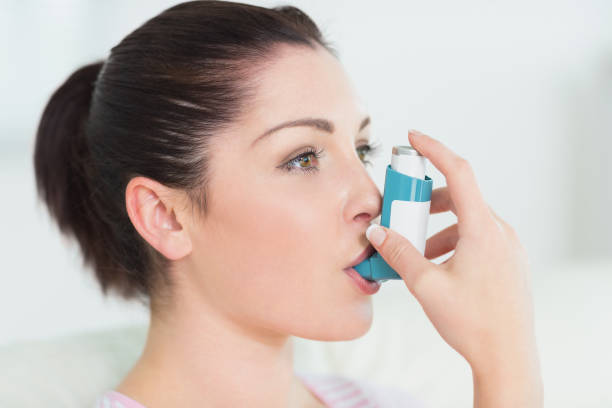What Is Eosinophilic Asthma and Why It Differs from Other Types
Eosinophilic asthma is one of the more severe types, although it is relatively rare, impacting only about 5% of adults. This form of asthma results from an elevated number of eosinophils — a type of white blood cell that helps fight infections — in the bloodstream. When eosinophil counts rise, they can cause inflammation in the airways.
Asthma is an umbrella term that covers various chronic respiratory conditions. It is estimated that more than 25.7 million individuals nationwide are affected by asthma, with nearly 15% coping with severe forms of the disease.

Eosinophilic asthma is one of the more severe types, although it is relatively rare, impacting only about 5% of adults. This form of asthma results from an elevated number of eosinophils — a type of white blood cell that helps fight infections — in the bloodstream. When eosinophil counts rise, they can cause inflammation in the airways.
Such inflammation narrows the nasal passages and leads to shortness of breath and other asthma-related symptoms. The severity of symptoms often correlates with the eosinophil levels in the blood. If left untreated, eosinophilic asthma can cause lasting airway damage. Although its symptoms can resemble those of chronic obstructive pulmonary disease (COPD), eosinophilic asthma is distinct and requires proper diagnosis for appropriate treatment.
Symptoms of Eosinophilic Asthma
• Shortness of breath
• Chest tightness
• Wheezing
• Persistent cough
• Blocked airflow
• Nasal congestion
• Nasal discharge
• Chronic sinus infections
• Loss of sense of smell
• Nasal polyps
• Reduced lung function
• Inflammation of nasal membranes
How Eosinophilic Asthma Differs from Other Asthma Types
• It primarily affects adults, whereas many other asthma types also impact children.
• Unlike allergic asthma, it isn’t directly triggered by allergens like dust or pollen.
• Shortness of breath is the primary symptom, compared to the wheezing seen in other asthma types.
Treatment Options for Eosinophilic Asthma
1. Inhaled corticosteroids: Used as maintenance therapy to ease breathing and prevent flare-ups.
2. Oral corticosteroids: Prescribed when inhalers are not sufficient.
3. Bronchodilators: Fast-acting inhalers that quickly open swollen airways.
4. Leukotriene modifiers: Help counteract immune system chemicals that contribute to asthma.
5. Biologics: Available in pills, inhalers, or injections to block lung inflammation.
6. Bronchial thermoplasty (BT): A heat-based procedure used when standard treatments fail.
Common Triggers for Eosinophilic Asthma
• Mold exposure
• Medications like aspirin
• Allergenic foods (peanuts, shellfish)
• Pet fur and dander
• Pollen
• Cigarette smoke and environmental smoke
• Pollution and extreme weather changes
• Strong odors from cleaners or fragrances
• Intense exercise
• Emotional stress like yelling or crying
Self-Care Tips for Managing Eosinophilic Asthma
• Identify and avoid personal triggers.
• Maintain a healthy weight.
• Exercise with medical guidance.
• Get annual flu vaccinations.
• Track dietary triggers with a food journal.
• Avoid smoking.
• Keep pets clean and out of sleeping areas.
• Reduce exposure to mold, pollen, and dust mites.